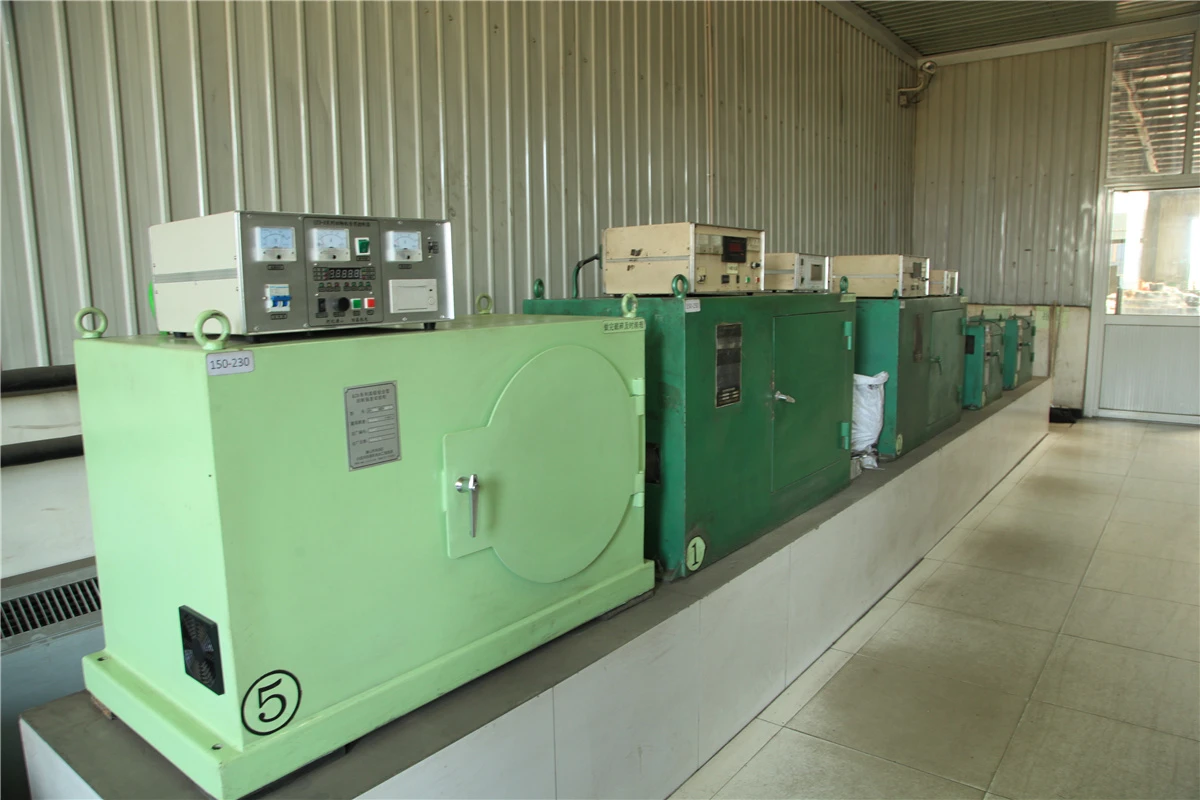Understanding Cast Iron Grinding Wheels A Comprehensive Guide
Cast iron grinding wheels are essential tools in metalworking and metal fabrication processes. These wheels are specifically designed to grind, shape, and finish cast iron, providing professionals and hobbyists alike with an efficient means to achieve desired surface finishes on various iron products. In this article, we’ll explore the types, features, and applications of cast iron grinding wheels, along with tips for optimal usage and maintenance.
What Are Cast Iron Grinding Wheels?
Grinding wheels are made from abrasive particles bonded together to create a rigid circular structure. Cast iron grinding wheels, in particular, are formulated with specific abrasives and bonding agents tailored to the hardness and brittleness of cast iron materials. Common abrasives used include aluminum oxide and silicon carbide, which are known for their effectiveness in grinding cast iron without excessive wear or damage to the tool itself.
Types of Cast Iron Grinding Wheels
1. Type 1 (Flat Wheel) These are the most common grinding wheels, characterized by their flat surface. They are incredibly versatile and can be used in various applications, such as snagging and surface grinding.
2. Type 27 (Depressed Center Wheel) These wheels feature a depressed center that allows for grinding at a more angled position. They're perfect for accessing tight spaces and for making precise bevels on cast iron workpieces.
3. Type 6 (Cylinder Wheel) These wheels typically have a larger diameter and are used mainly for surface grinding and face grinding applications. Their design allows for efficient material removal and smoothing of flat surfaces.
4. Diamond Wheels Although more expensive, diamond wheels are suitable for high-precision grinding tasks. They have a longer lifespan and offer excellent performance, making them ideal for professional applications that require consistent results.
Key Features of Cast Iron Grinding Wheels
- Abrasiveness The abrasiveness of a grinding wheel is crucial for determining how effectively it can remove material. For cast iron, it’s essential to choose a wheel with the right balance of grit size and abrasive material to prevent damage to the workpiece.
- Bonding Agent The type of bonding agent used in the manufacturing process greatly influences the durability and performance of the grinding wheel. Vitrified bonds provide excellent hardness and are suitable for heavy-duty grinding, while resin bonds offer flexibility and are used for less aggressive applications.
- Grit Size The grit size refers to the size of the abrasive particles. Finer grits provide smoother finishes but remove material more slowly, while coarser grits remove material quickly but may leave a rough surface. Selecting the appropriate grit size depends on the specific requirements of your project.
cast iron grinding wheel

Applications
Cast iron grinding wheels are used in various industries, including automotive, aerospace, mold making, and construction. They are ideal for
- Surface Preparation Grinding wheels are often used to prepare cast iron surfaces for painting, coating, or welding
.- Deburring After casting and machining processes, excess material can lead to rough edges. Grinding wheels are effective in deburring these edges to achieve a smooth finish.
- Reshaping Tools When maintaining cutting tools made of cast iron, grinding wheels are employed to restore their shapes and sharpness.
Optimal Usage and Maintenance
To ensure the longevity and effectiveness of cast iron grinding wheels, the following tips should be considered
- Selecting the Right Wheel Always choose a grinding wheel that is compatible with the specific type of cast iron being processed.
- Speed Settings Adhere to manufacturer recommendations regarding speed settings to avoid wheel damage or overheating.
- Regular Inspection Check the grinding wheel regularly for signs of wear, cracks, or damage. Replace any wheels that show significant wear to maintain safety and performance.
- Cooling Techniques When grinding cast iron, using coolant can help reduce heat and prolong the life of the grinding wheel while improving the quality of the finish.
In summary, cast iron grinding wheels are indispensable tools that facilitate various processes in metalworking. Understanding their types, features, and applications can significantly enhance your productivity and the quality of your work. Whether you’re a professional tradesperson or a DIY enthusiast, investing in the right grinding wheel is crucial for achieving the best results.
Post time:Dec - 19 - 2024

















